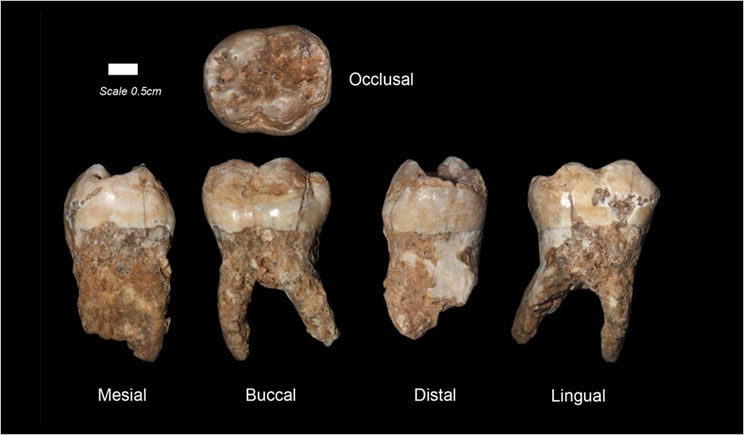
Dental tartar apparently first made an appearance about 400,000 years ago.
Tel Aviv University researchers, along with scholars from Spain, the United Kingdom and Australia, found respiratory irritants in the dental calculus of 400,000-year-old teeth at Qesem Cave near Tel Aviv. This also happens to be a site of many major discoveries from the late Lower Paleolithic period.
The respiratory irritants were caused by smoke inhalation from indoor fires used for roasting meat.
The research was published in Quaternary International, led by Prof. Karen Hardy of ICREA at the Universitat Autònoma, Barcelona, Spain, together with Prof. Ran Barkai and Prof. Avi Gopher of TAU’s Department of Archaeology and Ancient Near Eastern Civilizations, in collaboration with Dr. Rachel Sarig of TAU’s School of Dental Medicine, Dr. Stephen Buckley of the University of York, Anita Radini of the University of York and the University of Leicester, U.K., and Prof. Les Copeland of the University of Sydney, Australia.
The age of the teeth, combined with the age of the plaque, did not give the researchers much hope of ascertaining a lot of information. But they were able to discover many materials entrapped within the calculus. The cave where the tooth was discovered had been sealed for about 200,000 years, so it was preserved well.
The findings showed that the teeth included remnants from charcoal from indoor fires, evidence that plant-based dietary components were consumed and there were fibers that could have been used to clean teeth.
Never before this study had there been evidence of people roasting meat indoors so early in history. The ensuing pollution was the first of its kind. There was also evidence of essential fatty acids in the their teeth, such as nuts or seeds.
This information filled in many gaps about how people lived in that time of history.


